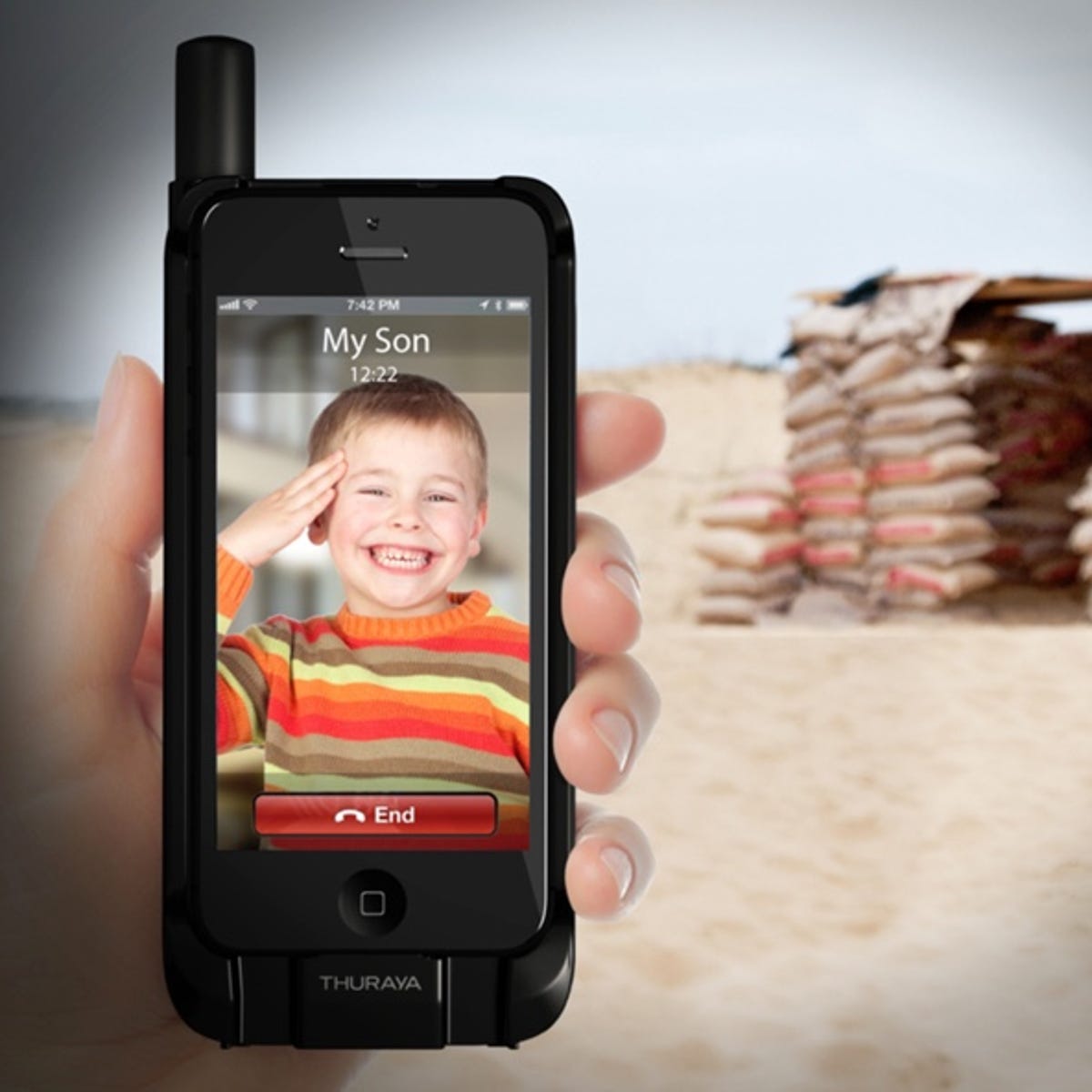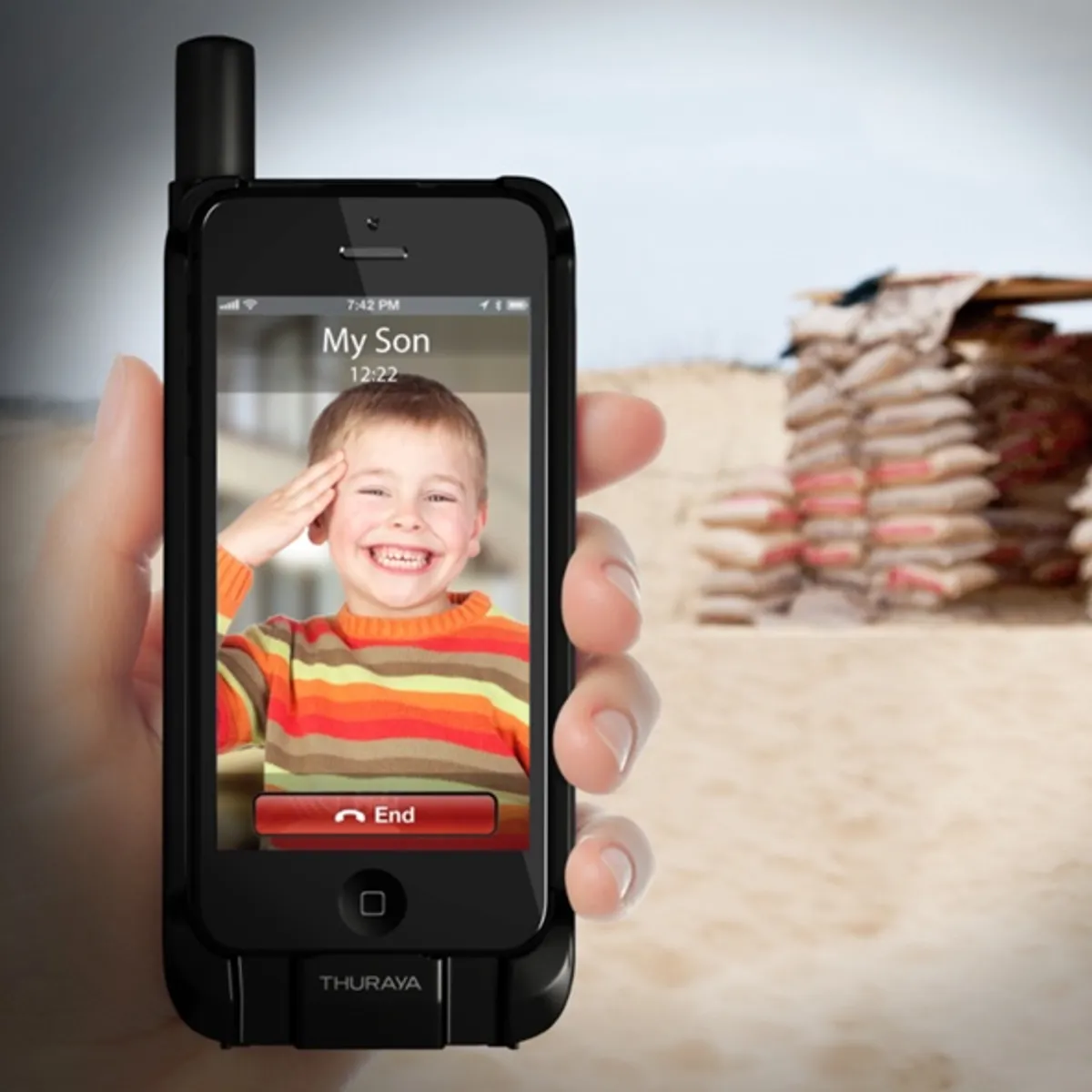The future of smartphones is looking brighter than ever, thanks to the advent of satellite connectivity. By 2025, this revolutionary technology is expected to transform the way we use our mobile devices, enabling seamless communication and data transfer from anywhere on the planet. With the ability to bypass traditional cellular networks, satellite-connected smartphones will offer unparalleled freedom and connectivity, opening up new possibilities for remote work, emergency services, and global exploration, making it an exciting era for smartphone enthusiasts and a game-changer for the entire industry. This innovation is set to redefine the smartphone experience.
Introduction to Satellite Connectivity in Smartphones
The integration of satellite connectivity in smartphones is a game-changer in the world of technology. This innovation allows users to stay connected even in areas with no traditional cellular coverage, revolutionizing the way we communicate. With satellite-enabled smartphones, users can make calls, send texts, and access the internet from anywhere in the world. This technology is particularly useful for individuals who live or work in remote areas, or for those who enjoy outdoor activities such as hiking or camping.
Benefits of Satellite Connectivity for Smartphones
The benefits of satellite connectivity for smartphones are numerous. One of the main advantages is the ability to stay connected in emergency situations, such as natural disasters or accidents. Satellite-enabled smartphones can also provide global coverage, allowing users to communicate with others from anywhere in the world. Additionally, satellite connectivity can offer faster data speeds and lower latency compared to traditional cellular networks. This makes it ideal for applications such as video streaming and online gaming.
How Satellite Connectivity Works in Smartphones
Satellite connectivity works by using a network of satellites in orbit around the Earth to provide coverage. These satellites communicate with ground stations, which then connect to the internet. When a user makes a call or sends a text, the signal is transmitted to the nearest satellite, which then forwards it to the ground station. The ground station then connects the signal to the traditional cellular network, allowing the user to communicate with others. This process happens quickly and seamlessly, allowing users to stay connected without interruption.
Current Trends and Future Developments in Satellite Connectivity
There are several current trends and future developments in satellite connectivity that are worth noting. One of the main trends is the use of low-Earth orbit (LEO) satellites, which offer faster data speeds and lower latency compared to traditional geostationary satellites. Another trend is the development of 5G satellite networks, which will provide even faster data speeds and lower latency. Additionally, there are several companies working on satellite-enabled smartphones, including Apple and Samsung.
Challenges and Limitations of Satellite Connectivity in Smartphones
While satellite connectivity offers many benefits, there are also several challenges and limitations to consider. One of the main challenges is the high cost of satellite-enabled smartphones and satellite data plans. Another challenge is the limited availability of satellite coverage, particularly in areas with heavy tree cover or tall buildings. Additionally, satellite connectivity can be affected by weather conditions, such as heavy rain or snow.
| Satellite Connectivity Features | Benefits | Challenges |
|---|---|---|
| Global Coverage | Stay connected from anywhere in the world | High cost of satellite data plans |
| Faster Data Speeds | Stream videos and play online games without interruption | Limited availability of satellite coverage |
| Lower Latency | Communicate with others in real-time | Affected by weather conditions |
| Emergency Situations | Stay connected in emergency situations | Dependence on satellite network |
| 5G Satellite Networks | Even faster data speeds and lower latency | High cost of 5G satellite-enabled smartphones |
Can you turn a regular cell phone into a satellite phone?

Converting a regular cell phone into a satellite phone is not a straightforward process. It requires significant modifications to the phone’s hardware and software. A satellite phone uses a different type of network and frequency to connect to satellites in orbit around the Earth, rather than relying on traditional cell towers. This allows for communication in areas where traditional cell phone coverage is not available.
Technical Requirements
To turn a regular cell phone into a satellite phone, one would need to replace the phone’s existing antenna and radio frequency (RF) components with ones that are capable of communicating with satellites. This would require significant technical expertise and specialized equipment. Additionally, the phone’s software would need to be modified to support satellite communication protocols. Some of the key considerations include:
- Upgrading the phone’s RF frontend to support satellite frequencies
- Replacing the phone’s antenna with a high-gain antenna capable of communicating with satellites
- Modifying the phone’s software to support satellite communication protocols such as voice and data transmission
Practical Limitations
Even if it were possible to modify a regular cell phone to communicate with satellites, there are practical limitations to consider. For example, satellite phones typically require a clear line of sight to the satellite, which can be a challenge in areas with heavy tree cover or tall buildings. Additionally, satellite communication can be affected by weather conditions such as heavy rain or solar flares. Some of the key limitations include:
- Line of sight requirements, which can limit the phone’s usability in certain environments
- Weather conditions that can affect satellite communication, such as heavy rain or solar flares
- Latency and data speed limitations, which can make satellite communication less suitable for certain applications such as video streaming
Economic Considerations
Converting a regular cell phone into a satellite phone would likely be a costly and time-consuming process. It may be more cost-effective to purchase a dedicated satellite phone that is specifically designed for satellite communication. Additionally, satellite phones often require a subscription to a satellite network, which can add to the overall cost. Some of the key economic considerations include:
- Cost of modifying the phone’s hardware and software to support satellite communication
- Subscription fees for satellite network access, which can add to the overall cost
- Availability of satellite phones and satellite networks, which can be limited in certain regions
Frequently Asked Questions
What is Satellite Connectivity and How is it Impacting Smartphones in 2025?
Satellite connectivity is a game-changing technology that enables smartphones to stay connected even in areas with limited or no cellular coverage. This is made possible by low-earth orbit satellites that can provide high-speed internet access directly to smartphones. In 2025, satellite connectivity is revolutionizing the way we use our smartphones, enabling us to stay connected and access critical information from anywhere in the world. With the help of advanced satellite technology, smartphones can now provide seamless connectivity, even in remote or rural areas where traditional cellular networks may not be available. This is a major breakthrough for emergency responders, outdoor enthusiasts, and anyone who needs to stay connected in areas with limited cellular coverage.
How Does Satellite Connectivity Work on Smartphones in 2025?
Satellite connectivity on smartphones in 2025 works by using specialized modems and antennas that can communicate with low-earth orbit satellites. These satellites are equipped with high-gain antennas that can receive and transmit high-speed data signals to and from smartphones. The process begins with the smartphone sending a request to the satellite, which then relays the signal to a ground station. The ground station then connects to the internet and retrieves the requested data, which is then transmitted back to the satellite and finally to the smartphone. This end-to-end process happens in real-time, enabling fast and reliable connectivity. The use of advanced algorithms and compression techniques also helps to optimize data transmission, making it efficient and cost-effective.
What are the Benefits of Satellite Connectivity for Smartphones in 2025?
The benefits of satellite connectivity for smartphones in 2025 are numerous and significant. For one, it provides global coverage, enabling users to stay connected even in areas with no cellular coverage. This is particularly useful for emergency responders, outdoor enthusiasts, and remote workers who need to stay connected in isolated areas. Satellite connectivity also provides reliable and fast internet access, enabling users to stream videos, browse the web, and access cloud services from anywhere in the world. Additionally, satellite connectivity can also provide backup connectivity during natural disasters or network outages, ensuring that users stay connected and informed. The use of satellite connectivity also enhances the overall user experience, providing seamless and interrupt-free connectivity.
What are the Future Implications of Satellite Connectivity for Smartphones in 2025 and Beyond?
The future implications of satellite connectivity for smartphones in 2025 and beyond are exciting and far-reaching. As 5G and 6G networks become more widespread, satellite connectivity is expected to play a critical role in providing global coverage and high-speed internet access. The use of low-earth orbit satellites and advanced modem technology will enable faster and more reliable connectivity, making it possible for mass adoption of satellite-enabled smartphones. Additionally, the integration of artificial intelligence and machine learning with satellite connectivity will enable optimized data transmission and personalized user experiences. The future of satellite connectivity also holds promise for new and innovative applications, such as IoT and telemedicine, which will transform the way we live and work. As technology continues to evolve, we can expect to see new and exciting developments in the field of satellite connectivity, enabling faster, more reliable, and more widespread connectivity for smartphones and other devices.
